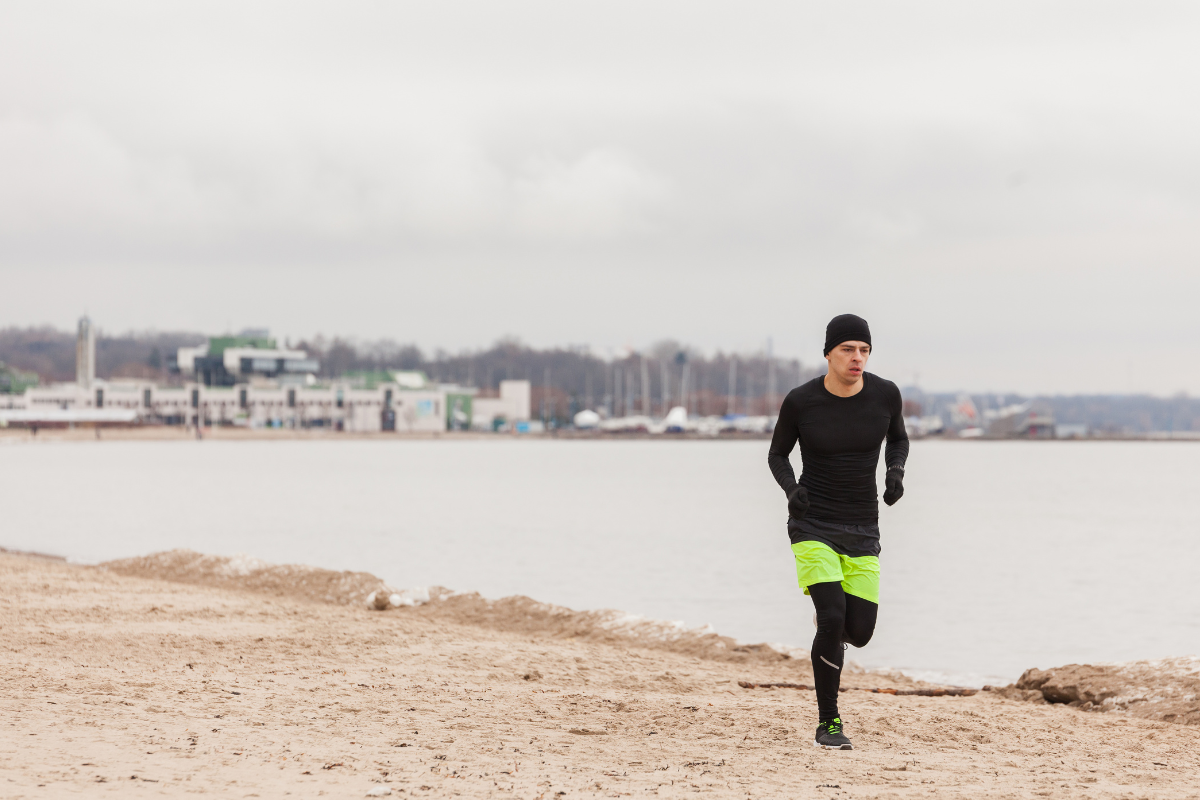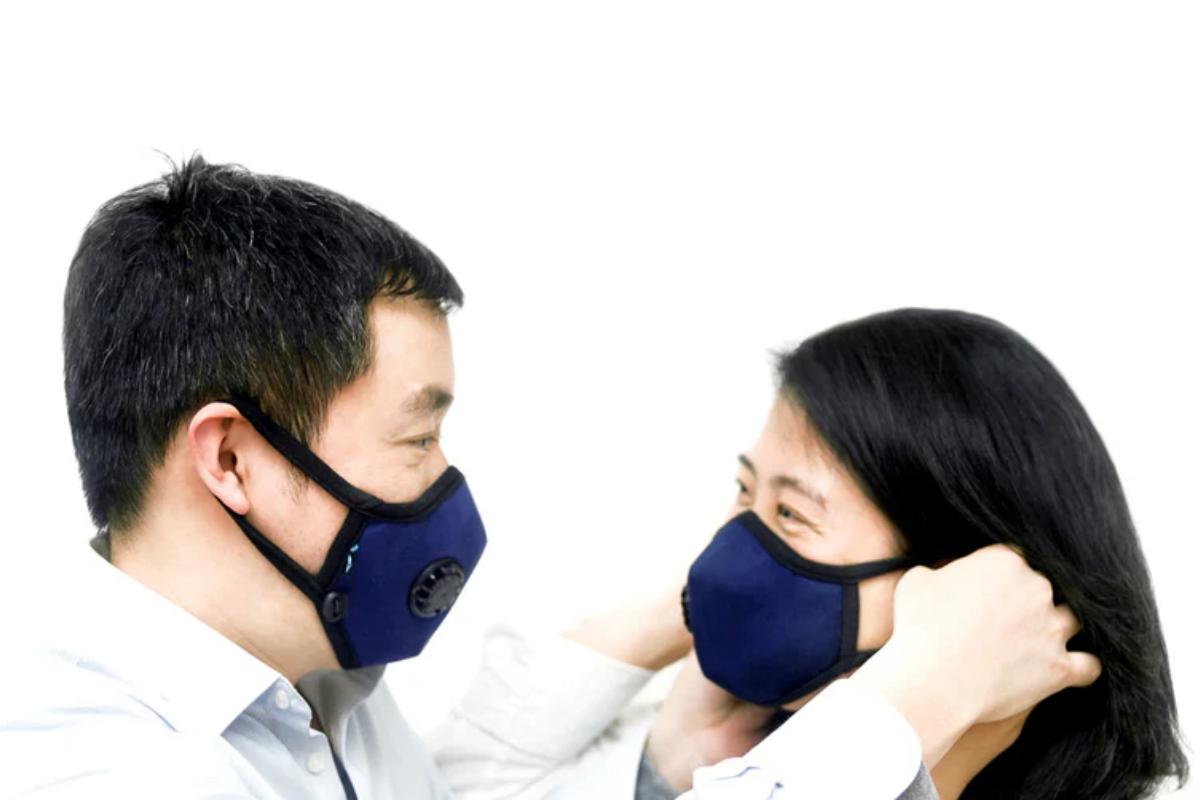
Running in High-Pollution Areas: Staying Protected with a Mask
Running is a beloved activity for many, offering a chance to stay fit and enjoy the outdoors. However, if you live in or visit areas with high pollution, outdoor exercise can pose serious health risks. Understanding the causes of pollution, how it impacts your health, and ways to protect yourself, especially with the help of a good face mask, is crucial. In this blog, we’ll explore these aspects in detail and provide alternative activities for days when running outside isn’t ideal.
Causes of High Pollution in Certain Areas
Several factors contribute to high pollution levels in specific areas. Understanding these can help you anticipate and avoid high-pollution conditions:
- Vehicle Emissions: In urban areas with heavy traffic, cars, trucks, and buses release large amounts of nitrogen oxides and particulate matter. These pollutants are primary contributors to urban air pollution.
- Industrial Activities: Factories and power plants emit pollutants such as sulfur dioxide, volatile organic compounds, and fine particulate matter. Industrial zones often have higher pollution levels due to these emissions.
- Construction Dust: Construction sites generate significant amounts of dust and particulate matter, which can linger in the air. Cities undergoing rapid development often face elevated pollution levels from construction activities.
- Agricultural Activities: Pesticides, fertilizers, and livestock activities release ammonia and other pollutants. Rural areas near large agricultural operations can experience poor air quality.
- Natural Sources: Wildfires, dust storms, and pollen can lead to temporary spikes in air pollution. These natural events can significantly degrade air quality, even in areas usually considered clean.
- Weather Conditions: Temperature inversions, lack of wind, and high humidity can trap pollutants close to the ground, increasing concentrations. Seasonal weather patterns also influence pollution levels.

How Running in Highly Polluted Areas Affects Your Lungs and Overall Lung Health
Running in polluted air exposes your lungs to harmful particles and gases, which can have immediate and long-term health effects:
1. Immediate Effects:
- Irritation: Pollutants can irritate your respiratory system, causing symptoms like coughing, throat irritation, and shortness of breath.
- Inflammation: Inhaled pollutants can inflame lung tissue, leading to decreased lung function and difficulty breathing. This is particularly concerning for people with asthma or other respiratory conditions.
- Increased Heart Rate: Exposure to high pollution levels can lead to an increased heart rate and higher blood pressure, putting additional strain on your cardiovascular system.
2. Long-Term Effects:
- Chronic Respiratory Conditions: Prolonged exposure can contribute to the development of asthma, bronchitis, and other chronic respiratory diseases. These conditions can significantly impair your quality of life and overall health.
- Decreased Lung Capacity: Over time, pollution can reduce your lung capacity and overall respiratory health, impacting your endurance and fitness levels. Studies have shown that long-term exposure to polluted air can lead to a decline in lung function similar to that caused by smoking.
- Increased Risk of Cardiovascular Diseases: Chronic exposure to air pollution is linked to an increased risk of heart disease, stroke, and hypertension.

Protecting Yourself When Running in Highly Polluted Areas
Fortunately, there are several strategies you can use to protect yourself while running in polluted environments:
- Check Air Quality: Use apps and websites to monitor air quality in your area. Avoid running outside when air quality is poor. The Air Quality Index (AQI) is a helpful tool that categorizes air quality levels from good to hazardous.
- Choose Your Time Wisely: Run early in the morning or late in the evening when traffic is lighter, and pollution levels are generally lower. During these times, cooler temperatures can also help reduce the concentration of certain pollutants.
- Avoid High-Traffic Areas: Plan your route to avoid busy roads and industrial zones. Parks and residential areas typically have better air quality. Running in green spaces can also provide a psychological boost, helping you feel more relaxed and energized.
- Use a Face Mask: A high-quality face mask, like those from Cambridge Mask Co, can filter out harmful particles and protect your lungs. Investing in a good running mask can make a significant difference in your exposure to pollutants.
Alternative Activities When Outdoor Running is Not Ideal
When air quality is poor, consider these alternative indoor activities to maintain your fitness:
- Indoor Cardio Workouts: Treadmills, stationary bikes, and elliptical machines provide excellent cardiovascular exercise without exposure to pollution. Many gyms offer a variety of cardio equipment to keep your workouts diverse and interesting.
- Strength Training: Use weights, resistance bands, or bodyweight exercises to build strength and endurance indoors. Strength training is crucial for overall fitness and can complement your running routine.
- Yoga and Pilates: These activities improve flexibility, strength, and mental well-being and can be done in the comfort of your home. Many online platforms offer guided classes, making it easy to follow along.
- Swimming: An indoor pool offers a full-body workout and is easy on the joints. Swimming is an excellent alternative for cardiovascular exercise, especially for those with joint issues.
- High-Intensity Interval Training (HIIT): HIIT workouts can be done indoors and provide an efficient way to burn calories and improve cardiovascular fitness. These workouts typically involve short bursts of intense exercise followed by periods of rest or lower-intensity activity.
How Cambridge Mask Co's Face Masks Protect Against Air Pollution
Cambridge Mask Co offers face masks designed specifically to combat air pollution, making them ideal for runners and outdoor enthusiasts. Here's how they work:
- Advanced Filtration Technology: The masks feature a three-layer filtration system, including a military-grade carbon filter, which effectively blocks particulates, gases, and pathogens. This filtration system can capture particles as small as PM2.5, which are common in urban pollution.
- Comfortable Fit: Designed for extended wear, these masks provide a snug yet comfortable fit, ensuring they stay in place during physical activity. The masks come in various sizes to fit different face shapes and sizes.
- Breathable Material: Despite their high filtration efficiency, Cambridge masks are made from breathable materials, allowing you to breathe easily while staying protected. The masks are also designed to minimize fogging for those who wear glasses.
- Durability and Reusability: Cambridge masks are durable and can be washed and reused, making them a sustainable choice for regular use. Proper maintenance ensures the mask continues to provide effective protection.
Conclusion
Running in high-pollution areas can pose significant risks to your lung health. However, with the right precautions, you can continue to enjoy your outdoor runs while minimizing exposure to harmful pollutants. Always check air quality, choose your running times and routes wisely, and invest in a high-quality face mask like those from Cambridge Mask Co. And on days when outdoor exercise isn't safe, opt for indoor alternatives to keep your fitness routine on track. Stay informed, stay safe, and keep running!
By following these tips and using the right protective gear, you can enjoy your runs without compromising your health, even in areas with high pollution. Remember, your health is paramount, and taking these steps will help ensure that you can continue your fitness journey safely and effectively.


